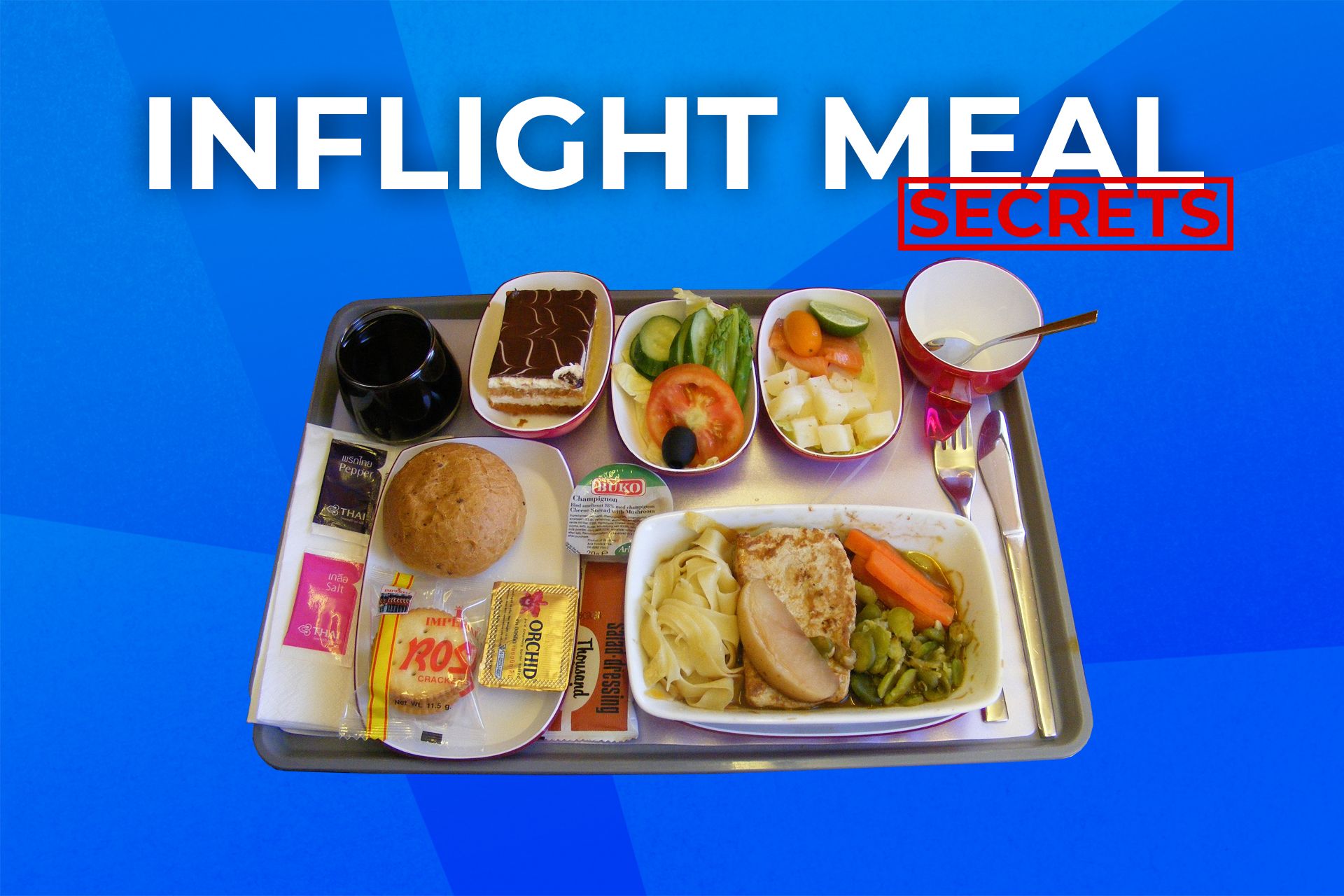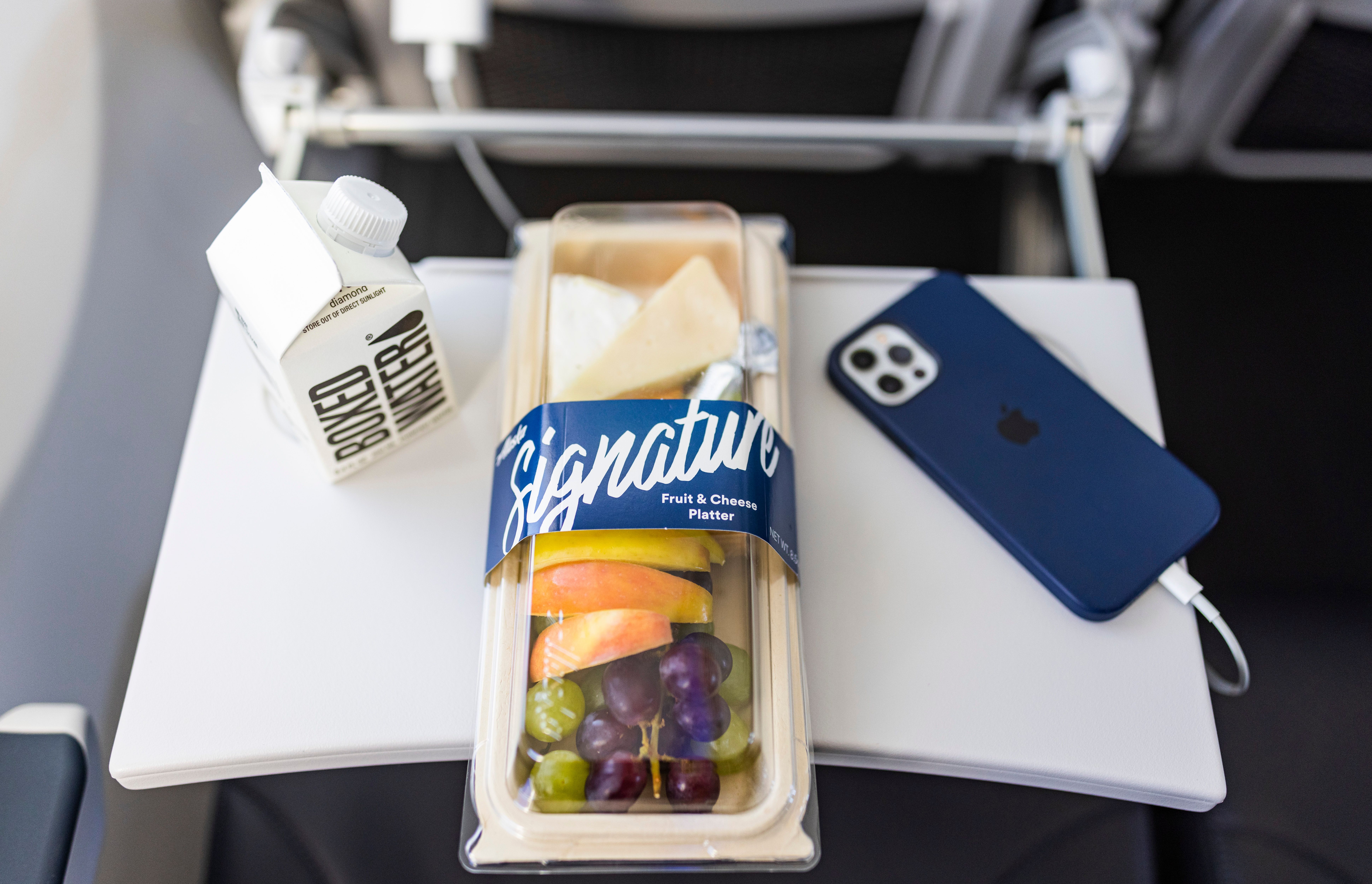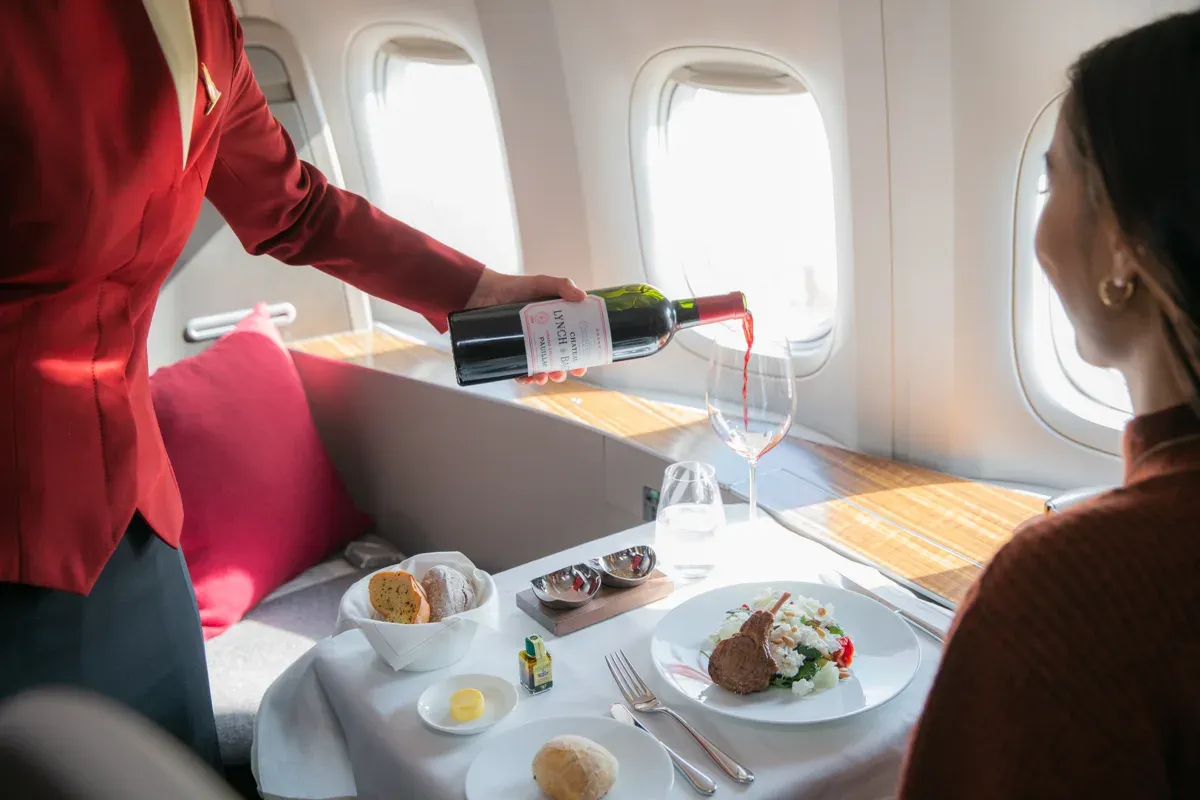Summary
- Airline catering has improved, with meticulous cooking on the ground & new chef collaborations.
- Special meal options cater to various dietary needs with unique and tasty offerings.
- Inflight caterers strive to enhance meals with umami flavors for a more satisfying dining experience.
We all have a love/hate relationship with inflight meals. Sometimes it’s a necessity on a long-haul flight or sometimes something to look forward to. In business class, for example, these meals often transform into a delightful treat, presented with elegance by the most polite and attentive personnel. The stark contrast in dining experiences based on where you’re seated on the plane is quite remarkable.
The options available can vary depending on several factors, including the length of the flight, the travel class, and the specific airline. Low-cost carriers typically offer the opportunity to buy hot and cold drinks, along with light meals or snacks, creating a different vibe altogether. Some passengers appreciate this flexibility, enjoying the ability to pick exactly what they want, while others prefer to bring their own food to avoid the unpredictability of airline meals. It’s interesting how our dining experiences change so dramatically when we’re in the air, adding a unique flavor to air travel.
Dry cabin air makes everything bland and tasteless
Over the past decade, a lot of research has gone into inflight catering, but it still poses significant challenges for airlines. The main issues include the large number of meals needed for each flight, the limited galley space for storing and preparing those meals, and the cabin air quality, which in this point really plays a big part in how that food actually tastes.
Photo: Alaska Airlines
The dry cabin air dehydrates the body, and during the flight, taste buds become less receptive and sense of smell is diminished. This often makes food taste bland and underseasoned, even when it actually is not. To counteract this, catering companies add extra fat, salt, and sugar, which potentially adds a few inches to the waistline and doesn’t always make for the healthiest meals.
Inflight meals today
These days, things have improved significantly when it comes to airline catering. Meals are meticulously cooked on the ground and then flash chilled for the best quality and hygiene. This process helps to preserve the flavor and freshness of the food. Once on board, the chilled carts containing the meals are securely loaded into the aircraft galleys, where the cabin crew reheats and serves the meals during the flight, ensuring passengers always receive hot and appetizing dishes.
The overall quality of onboard products, whether they’re available for purchase or offered complimentary on short flights, has seen a remarkable enhancement. The offerings now feel much more curated and thoughtfully prepared compared to the past— even if it’s just a fancy sandwich, there’s a noticeable difference in taste and presentation.

Related
A History Of Inflight Meals
From ultimate luxury to sad sandwiches… How did it all begin?
Many airlines have also made a significant investment by bringing in renowned celebrity chefs to help create new and exciting menus. These efforts are primarily focused on elevating the dining experience in-flight, especially in business and first class, as well as introducing themed offerings that provide a unique touch.
Photo: Eurowings
The airline industry is working hard to transform the long-standing perception of airline food from being stale, tasteless, and bland to something much more appealing, flavorful, and enjoyable to the palate. The goal is to make the in-flight dining experience a memorable and pleasant part of the journey, employing methods such as:
- Meals Designed for Specific Routes: Some airlines tailor their meal offerings based on the destination, incorporating regional dishes to give passengers a taste of their upcoming locale.
- Constant Recipe Testing: Airlines continually test and tweak their recipes to ensure they taste good in the unique environment of an aircraft cabin, often conducting tastings in simulated cabin conditions.
- Limited Ingredients: Due to space constraints and safety regulations, the range of ingredients that can be used is limited, requiring creativity from chefs to produce varied and appealing meals.
- Sustainable Choices: Increasingly, airlines are focusing on sustainability by using locally sourced ingredients, reducing single-use plastics, and offering plant-based meal options to minimize their environmental impact.
Specialty meals for every tastebud
If you’re bored with the usual chicken or beef offering, did you know that you can order a different meal in advance? Most airlines request 24–48 hours’ notice, but there are other options, such as the Asian vegetarian meal (AVML is the airline code for it) or oriental vegetarian meal (VOML).
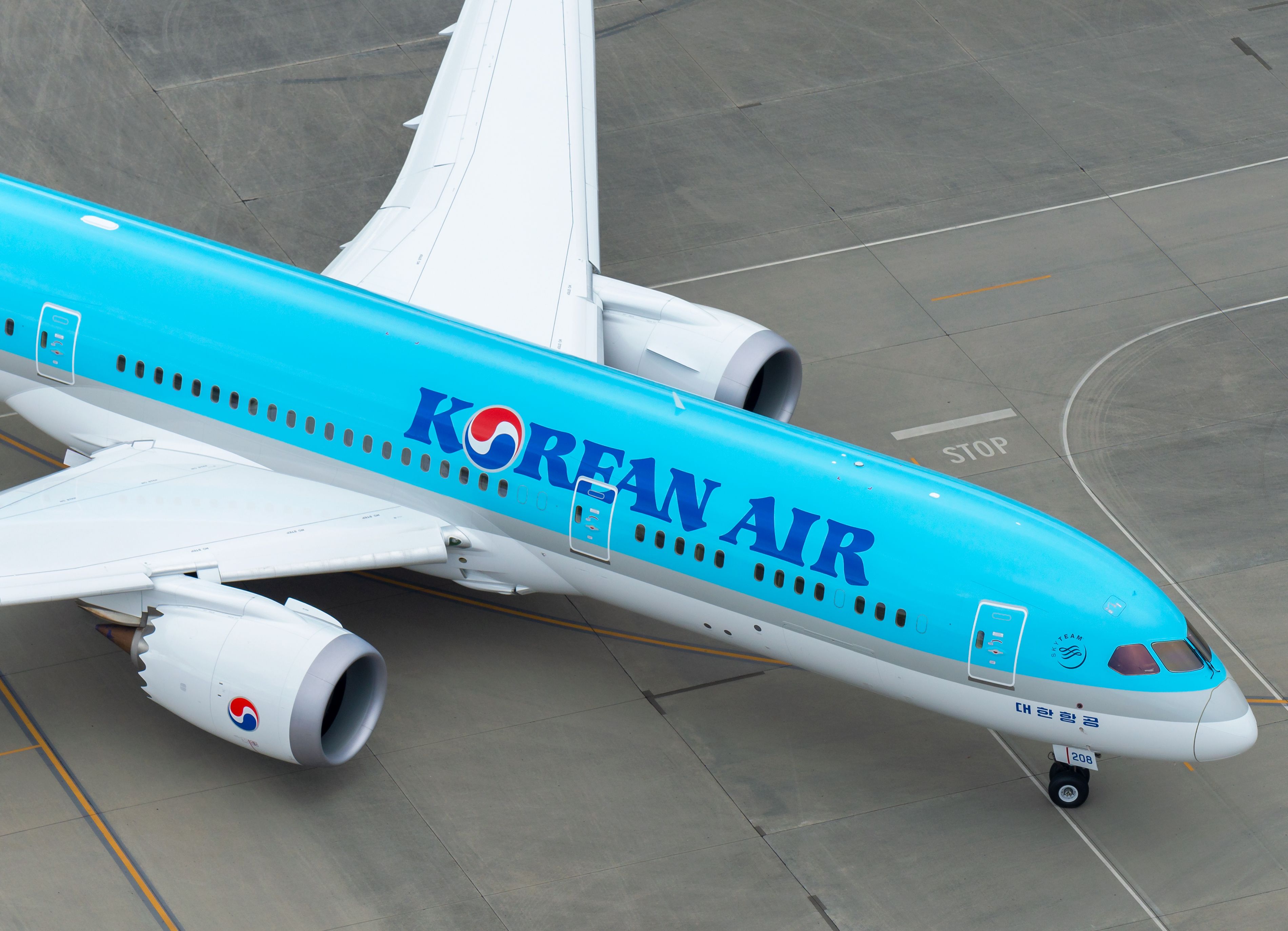
Related
Korean Air Is Rolling Out Korean-Style Vegan Meals
The new menu is based on the tradition of temple cuisine of Chef’s Table fame
Of course, many ‘special meals’ are intended for those with specific religious needs (Kosher – KOML, Hindu – HNML, or Jain – VJML), and many airlines are also Halal or offer a Halal meal if not. Dietary requests are also taken into consideration and diabetic (DBML) and gluten-free meals (GFML) can be ordered. Vegan meals (VGML) are readily available along with lacto-ovo vegetarian (VLML) meals, which are vegetarian but include dairy and egg products. Some airlines also offer raw vegetarian meals (RVML) or fruit platter meals (RVML).
Special meals are typically served first, ahead of the regular cabin service, which can be a nice perk for those who opt for them. However, this might also mean that you have to wait a bit longer for the bar service or find yourself sitting with your tray for a little while.
Photo: Cathay Pacific
Airlines are continuously exploring new and innovative concepts for inflight dining to elevate the passenger experience. Some have even gone as far as bringing onboard chefs specifically for first-class service, ensuring that the culinary experience is top-notch. Menus designed by celebrity chefs are consistently popular among food lovers and add an exciting element to the inflight meal options.
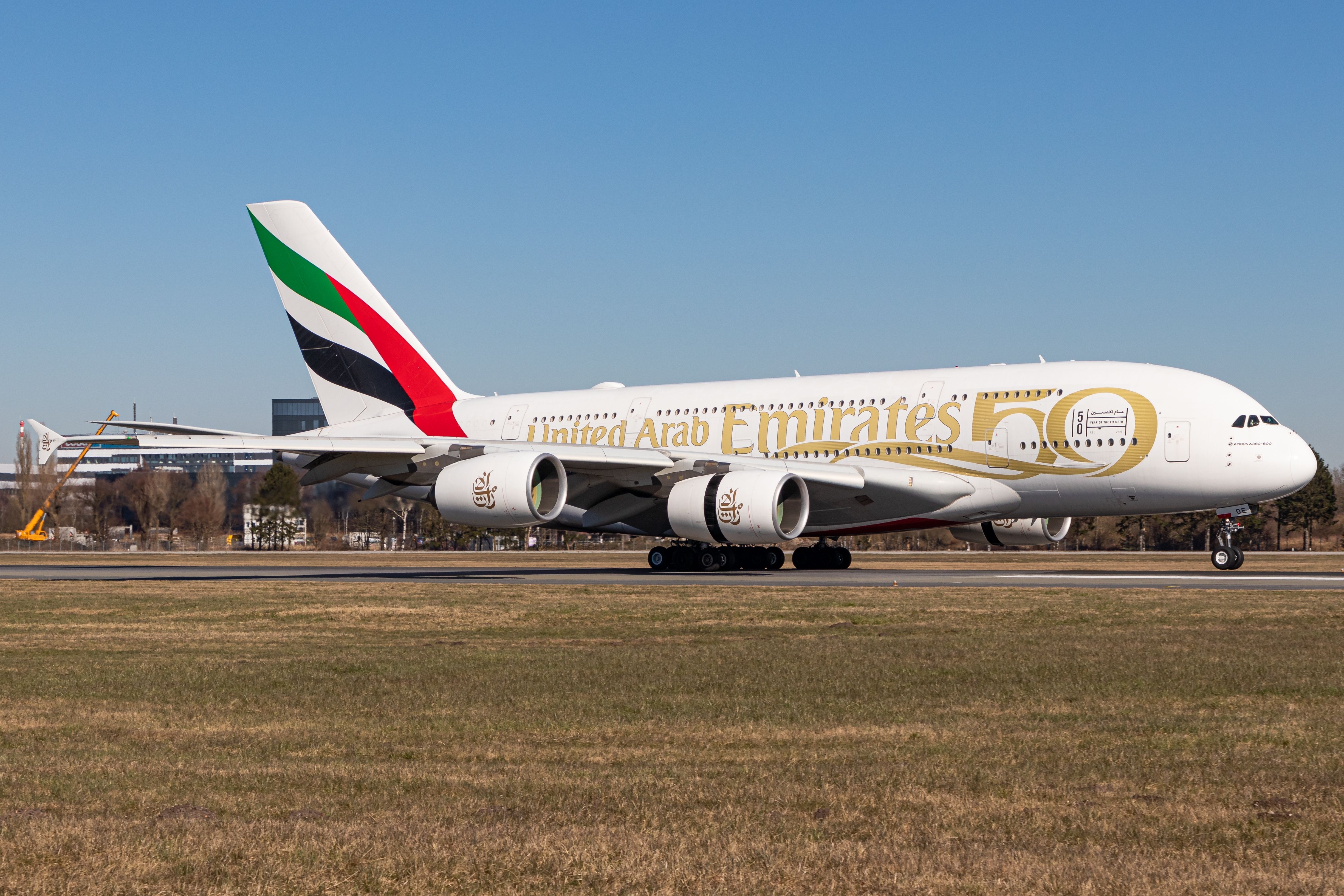
Related
Emirates Serves 77 Million Inflight Meals A Year: Here’s What It Takes
The carrier puts a lot of thought into its catering.
Inflight caterers are actively looking for more ways to enhance their meals, including the increasing incorporation of ‘umami’—that deliciously savory flavor that keeps you coming back for more, often found in ingredients like mushrooms, soy sauce, and tomatoes. By focusing on this fifth taste, airlines aim to provide passengers with more satisfying and memorable dining experiences, elevating the overall enjoyment of inflight meals and making each bite a delightful part of the journey.

